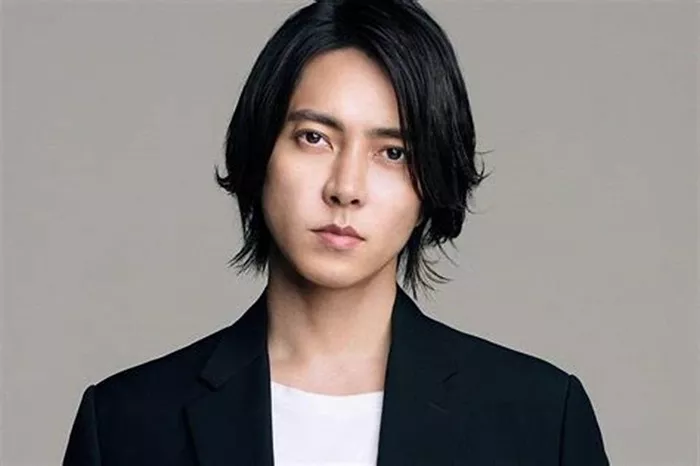Dior chose the representative Toji Garden in Kyoto, Japan, to launch the 2025 autumn series created by women’s creative director Maria Grazia Chiuri, paying tribute to the deep roots of the brand and Japan. Including the latest brand ambassadors Chen Tingni, Sophie Marceau, Yamashita Tomohisa, Yoshizawa Ryo, Yokohama Ryusei, Sawai Anna, Nakatani Miki, etc., all attended in their best clothes. Many brand ambassadors even wore the latest early autumn series of new clothes, and the scene was star-studded.
Dior’s brand founder, Mr. Dior, has been full of yearning for Japan since he was a child. Starting with the prints of Utamaro and Hokusai at home, Japanese culture, which has a love for both the avant-garde and tradition, deeply influenced the clothes he created: starting in 1952, blooming cherry blossoms, elegant flying birds, Japanese brocade fabrics, and even the structure of Japanese kimonos all appeared in his works; in 1953, he became the first Western haute couture designer to bring a series of works to Japan and exhibited haute couture clothes in Japan for the first time.
In 1958, Dior designed three dresses for the engagement ceremony of Princess Michiko, who was about to become the empress. The designers who took over the brand later, whether Marc Bohan or John Galliano, continued this deep friendship with big shows and clothing elements respectively.
Today’s women’s wear director Maria Grazia Chiuri continues to explore the relationship between the body and clothing through clothing creation. When she visited Kyoto last year, she specially went to see the “Love Fashion: In Search of Myself” exhibition co-organized by the Kyoto Fashion Research Institute and the National Museum of Modern Art, Kyoto. By comparing two completely different fashion cultures, the unique attitude shown by the body and the emotional depth contained in clothing tailoring were conveyed, and the main themes of discussion were the body, identity and desire.
In the Dior 2025 Fall Women’s Collection, she also continued the brand’s heritage, incorporating kimono tailoring and fabric quality into the construction of new clothing, which reminds people of Dior’s Diorpaletot and Diorcoat works launched in the 1957 Fall/Winter Haute Couture Collection. These two coats are based on kimonos and respect the structure of the kimono itself. Many designs remind people of Marc Bohan’s Dior works displayed in Tokyo in 1971. Under the reinterpretation of contemporary elements such as denim and sports style, the silhouettes have been transformed into new changes.
Loose yet enveloping jackets and coats are created, some are belted, many loose robes are wrapped around the body in the Japanese style, and many ribbed knitted pieces and overlapping fronts of shorts and pants subtly echo the aesthetics of pleating and origami. A series of outerwear combines Japanese and French design elements, with Japanese-style monochrome ripple effects, indigo patchwork and ink-like plant totems on flying jackets and short coats.
Loose trousers and long skirts sway gently in the rhythm. This is a highly formative fashion collection, in which black remains deep and intense; the charming narrative of the floral pattern is transformed into the print itself, and the delicate gold thread embroidery adds a luxurious texture to the soft fabric. Different cultures and clothing forms blend with each other. In the meaningful Japanese garden scene, the three-dimensional structure and soft drape of the clothing interact with each other, connecting fashion with architecture and placing the “body” at the core at the deepest level.

